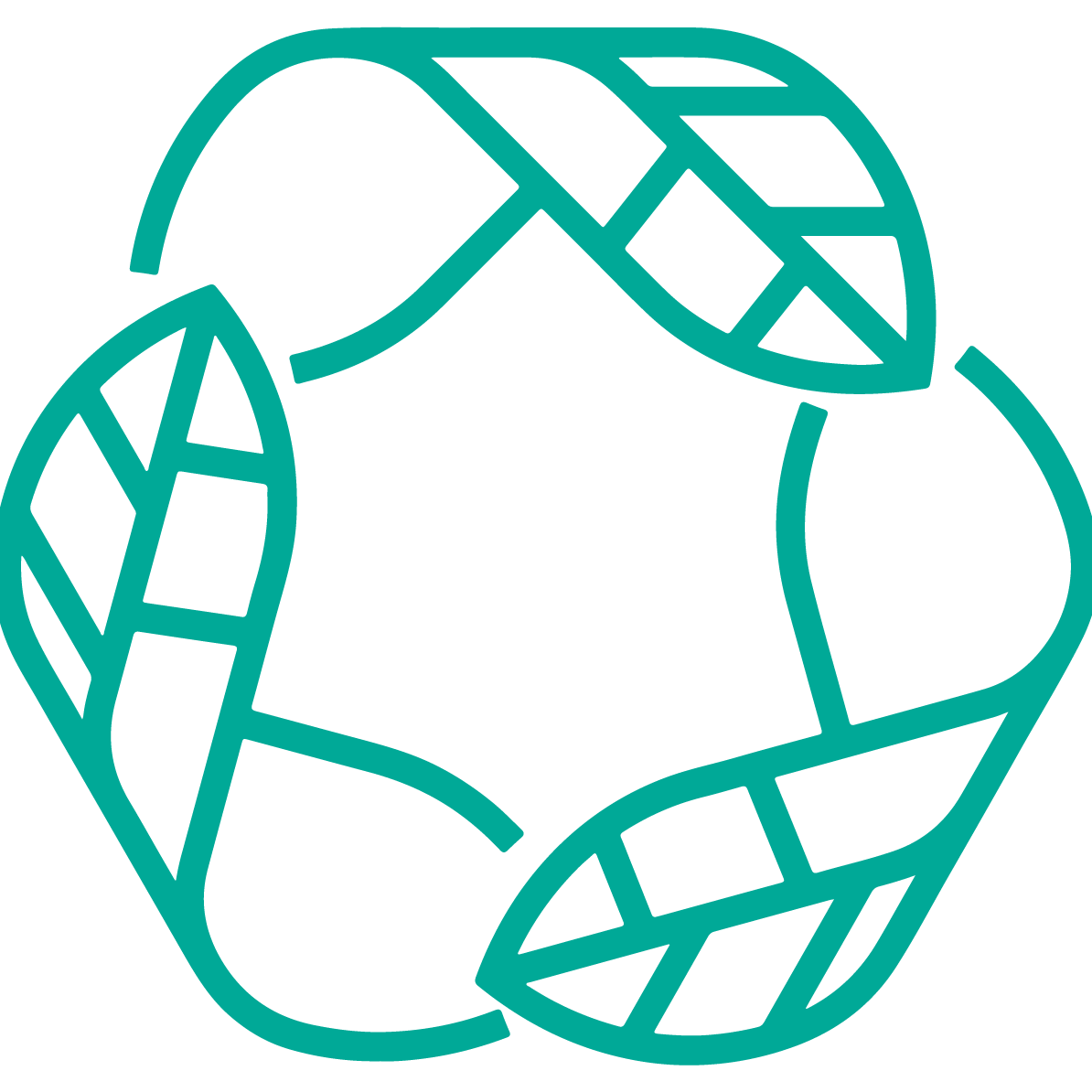Yokohama Blue Carbon Project
Summary
To advance the low-carbon transition, the city of Yokohama is implementing a highly innovative 'Blue Carbon' project, utilizing coastal marine-based 'blue' resources to reduce carbon emissions through capture and storage, and prevent urban-driven climate change impact.
Background and Objective
As a major port city situated in eastern Kanagawa-ken on the western coast of Tokyo Bay, Yokohama is afforded an abundance of blue resources and marine ecosystems, covering an area of 437.78 km2 with a population of approximately 3.7 million people. Along with numerous associated industry and warehousing facilities, the Yokohama port, is often viewed as Tokyo’s ‘outer port’ and thus plays a key role in the city’s economy, in addition to the fishing industry. In 2018, Yokohama was selected as a ‘SDGs future city’ and a ‘local government model project for the SDGs’, as part of the Japanese government’s larger SDG Action Plan, where the city has declared its determination to reach carbon neutrality by 2050. This declaration has positioned Yokohama at the forefront of Japanese cities in tackling climate change and promoting environmental integrity, and has enhanced traction on progressive initiatives in urban development to further implementation of the SDGs in the city. As one of the city’s core pilot projects to promote low-carbon transitions and ocean health, Yokohama council is currently implementing the Blue Carbon Project which is explicitly concerned with ‘blue carbon’ and ‘blue resources’. Blue carbon is the carbon credit stored in coastal and marine ecosystems and blue resources denotes another type of carbon credit from the effective use of coastal and marine resources. The concept of blue carbon originates from the Blue Carbon: The Role of Healthy Oceans in Binding Carbon report released by the United Nations Environment Programme in 2009 which largely focuses on carbon fixing in marine ecosystems such as mangroves, salt marshes and seagrass beds or coastal wetland blue carbon ecosystems. Compared to forests, coastal wetlands are modest in area; however, their carbon fixation capacity per unit area is far greater, at ten to a hundred times that of forest land. The high carbon fixation capacity of coastal wetlands stems from their special geographical locations whereby along the land-sea interface, periodic tidal inundation form hypoxic local environments, reducing the activity of soil microorganisms, greatly slowing the decomposition of organic matter and thus reducing carbon emissions. In order to tackle climate change, Japan adopted the goal in December 2020 of achieving carbon neutrality by 2050 clarifying that it would also accelerate R&D supporting innovation in the practical application of related technologies. To this end, the Japanese Ministry of Economy, Trade and Industry has proposed a strategy of ‘creative environmental innovation’ clearly advocating ‘exploration of blue carbon’. Japan has also calculated the CO2 uptake of seagrasses and algae at 125 major ports for incorporation into decarbonization plans from 2022 onwards in order to promote the protection and restoration of algae beds and shoals. The Japanese Ministry of the Environment has released a draft policy on green economy and social change in order to integrate the development of the blue carbon sink economy and to tackle environmental challenges through centralized investment, while creating new tax categories and relevant measures providing the necessary conditions and environment for the development of blue carbon sinks. The Blue Carbon Project is on course to bring about a range of environmental benefits. Firstly regarding the use of marine resources, Yokohama’s focus on marine resources imbues blue carbon with particular significance for the port city. Given the potential for the environment surrounding Japan's island territory, blue carbon resources seem set to increase in the future. Yokohama council has developed a carbon neutral certification system seeking to protect the local environment and generate employment whilst also regenerating marine ecosystems and fisheries and the Blue Carbon Project provides the means. This all helps increase carbon fixation and create new jobs in local fisheries, while also forging new local relationships. Yokohama council is sharing its information about the project with other local authorities. Yokohama’s carbon neutral certificates, for example, were disseminated with Hyuga city in the Miyazaki prefecture and Hannan, Osaka in order to spread the knowledge and create new relationships.
Actions and Implementation
In order to standardize implementation of the Blue Carbon Project, Yokohama council formulated the following detailed principles and rules. In order to ensure reliability in the implementation of the Blue Carbon Project, the project’s plan implementation, monitoring, calculation, verification and other procedures should abide by the following principles to the greatest extent possible while setting boundaries for each of them. 1) in line with the principle of integrity, the project should ensure that no GHG emission activities related to the baseline and the project are omitted; 2) to ensure consistency, projects should adopt the same methods and data for quantities absorbed and reduced, ensuring that these are calculated and compared using the same scale; 3) to ensure accuracy, projects should avoid calculations based on assumptions. Limit measurement and calculation error and uncertainty to within acceptable ranges; 4) to promote transparency, adequate, appropriate procedures are required to allow any third party not using the rules to make for reasonable judgments; and 5) regarding maintainability, trackable procedures and models should be used in order avoid overestimating quantities absorbed and reduced. Projects should meet the following four requirements: 1) their actions should absorb or reduce the sum of blue carbon and blue resources in Yokohama; 2) the sources of GHG emissions within the scope of the project should be determined and a list of sites and methods related to emission supervision for each source should be formulated; 3) the monitoring period should not exceed 12 months but can be updated through application; and 4) the environmental value of the absorption/reduction cannot be reused in excess of the rules herein. In addition to this, the implementation process is the sole responsibility of the Operation Affairs Bureau. This includes project registration, credit authentication for project implementation, verification procedures for credit certification application, operations and management related to certified credit trading, certification of carbon neutrality, certificate issuance and other matters necessary for system operation. A detailed carbon credit certification system should be developed during implementation of the project. A scientific calculation of carbon emissions and absorption should be conducted which involves implementation of monitoring whereby personnel performing project registration should conduct monitoring in accordance with the plan specified in the project registration application. In addition, it requires emissions calculations in which monitoring personnel calculate the amount of GHG emitted during project implementation based on baseline conditions in conjunction with their knowledge. Carbon credits certificates, as shown in figure 57, are issued in units of 0.1t-CO2, specified at the time of issue and during certification, fractions smaller than 0.1t-CO2 should be rounded off. During the certificate application process, personnel implementing project registration should calculate the absorption/reduction in accordance with data from project implementation in case of acceptance of a certificate as a letter of credit. The submission of a project’s application for credit certification must take place within one year after the date of its completion. After the certification process is complete, strict carbon credit management must be carried out. This mainly includes record keeping in the credit management book, credit trading procedures, registration of carbon credits and certificates, application to purchase carbon credit certificates, confirmation with carbon credit certificate holders, accounting and tax processing for carbon credit transactions, and control of purpose of use of payments from carbon credit sales. Finally, the implementation rules clearly stipulate processes for carbon offsetting based on carbon credits.
Conclusion
In addition to involving carbon credits, the exploration of the Blue Carbon Project should seek to improve its adaptation to industrial, economic and social development needs. Japan's New Energy and Industrial Technology Development Organization (NEDO) has called for bids for projects related to its Energy and Environmental New Technology Pilot Research Programme aiming to construct development systems for related technologies within its supply chains. Nippon Steel has announced that together with its chemical materials company and metal materials research and development centre, the company had bid successfully. Consequently, NEDO initiated a project to construct a supply chain-related technology system targeting the exploration of blue carbon, commissioning the above three companies for technological development. The project leverages the geographical advantages of seafront steel plants to produce marine biomass (seaweed) – a carbon-neutral material – with the purpose of establishing a novel supply chain featuring ‘stand-alone production and marketing of biomass’ for use in steel production. Regarding the utilization of marine biomass, the flexible utilization of carbon sources (carbon and carbon materials) for use in steel production will be explored. On the steel production side, the slag produced as a byproduct can serve in the construction of seaweed farms. Research will also be conducted on carbon-neutral marine biomass materials and measures including analysis of their overall economics and carbon reduction effects, and rough demonstration stage plans formulated. Yokohama council’s strategy of focusing on ocean resources highlights its unique and innovative approach to promoting environmental sustainability. The Blue Carbon Project is promoting decarbonization whilst creating jobs and demonstrates reverence for the ocean’s value to humanity. In an interview by Alpatent with Japan's Blue Carbon Project Company, Mr. Keiji Yoshikawa, Alpatent's director, stated that: "The attention attracted by blue carbon reflects its ability to alleviate global warming. CO2 is easily soluble in water and 2.5 billion tons of CO2 are dissolved in the ocean every year. Forests, on the other hand absorb only 1.9 billion tons of CO2 every year worldwide. So more CO2 is actually absorbed by the ocean than the land. Global warming, mainly the result of GHG, has been a major problem for a long time. Blue carbon can be understood as CO2 absorption by the ocean, and is very important for mitigating global warming". According to Mr. Yoshikawa, the high hopes for blue carbon reflect the current energy supply structure. At present, the world relies mainly on thermal power generation using fossil fuels such as oil and coal. This burning of fossil fuels releases large amounts of CO2 into the atmosphere every year. Replacement of thermal power generation via vigorous development of solar and wind energy would reduce CO2 emissions. However, in both financial and technological terms, the transition to renewable energy is difficult to achieve quickly. Nonetheless, reducing global CO2 emissions remains an urgent need and this is one reason the world is pinning its hopes on the ocean's ability to absorb CO2. As an island country surrounded by oceans, Japan in particular is emphasizing using blue carbon towards their goal of achieving carbon neutrality by 2050. While global forest coverage exceeds 30 per cent, this only applies to the earth’s land area and where over 70 per cent of the planet is covered by ocean, blue resources have significant potential to help drive sustainable development which can be tapped in particular by coastal cities. In recent years, excessive deforestation and forest resource degradation has reduced the carbon sequestration capacity while desertification has also degraded the carbon sequestration efficiency of other terrestrial vegetation. Despite the ocean’s significant size, blue carbon is facing huge challenges due to rapid urbanization and anthropogenic damage and pollution, especially island reefs close to shores, and to important plant species such as mangroves. If the terrestrial environment can be improved – particularly forest coverage and quality – and grassland resources can be expanded, the terrestrial ecological environment will be restored and improved. This will in turn endow the water flowing from land into the ocean with increased nutrition, expanding the ocean’s microbial content and improving the health of seagrass and algae. Blue carbon will then naturally increase. At the same time, dead seagrass and algae can be converted into fertilizer and used for soil enrichment on land. Therefore, if the natural environments of both ocean and land can be protected, a low carbon world can surely be created.
Region
Asia and the Pacific
Themes
Resilience & Risk Reduction
Environmental Resilience
Innovation
Sustainable Development Goals
Goal 11 - Make cities and human settlements inclusive, safe, resilient and sustainable
Goal 13 - Take urgent action to combat climate change and its impacts
Goal 14 - Conserve and sustainably use the oceans, seas and marine resources for sustainable development
New Urban Agenda Commitments




